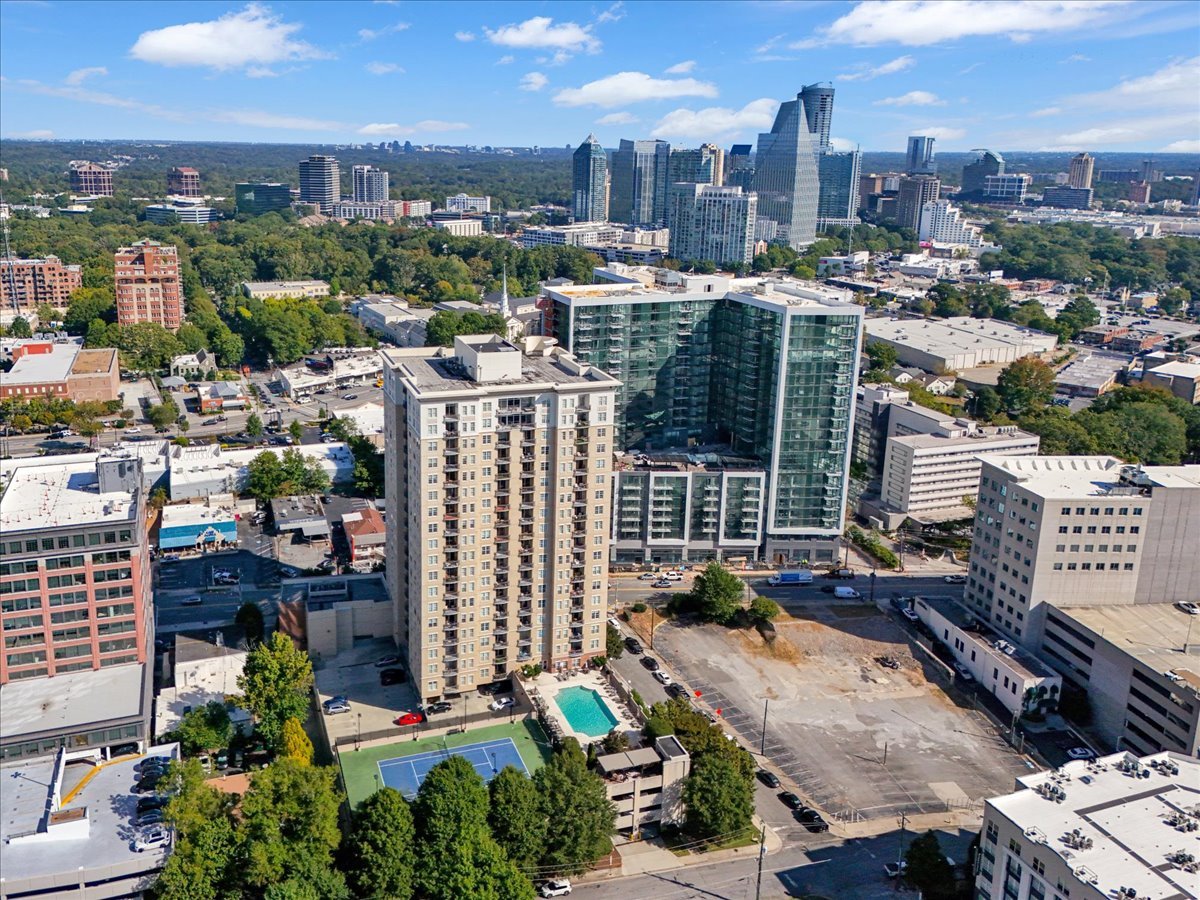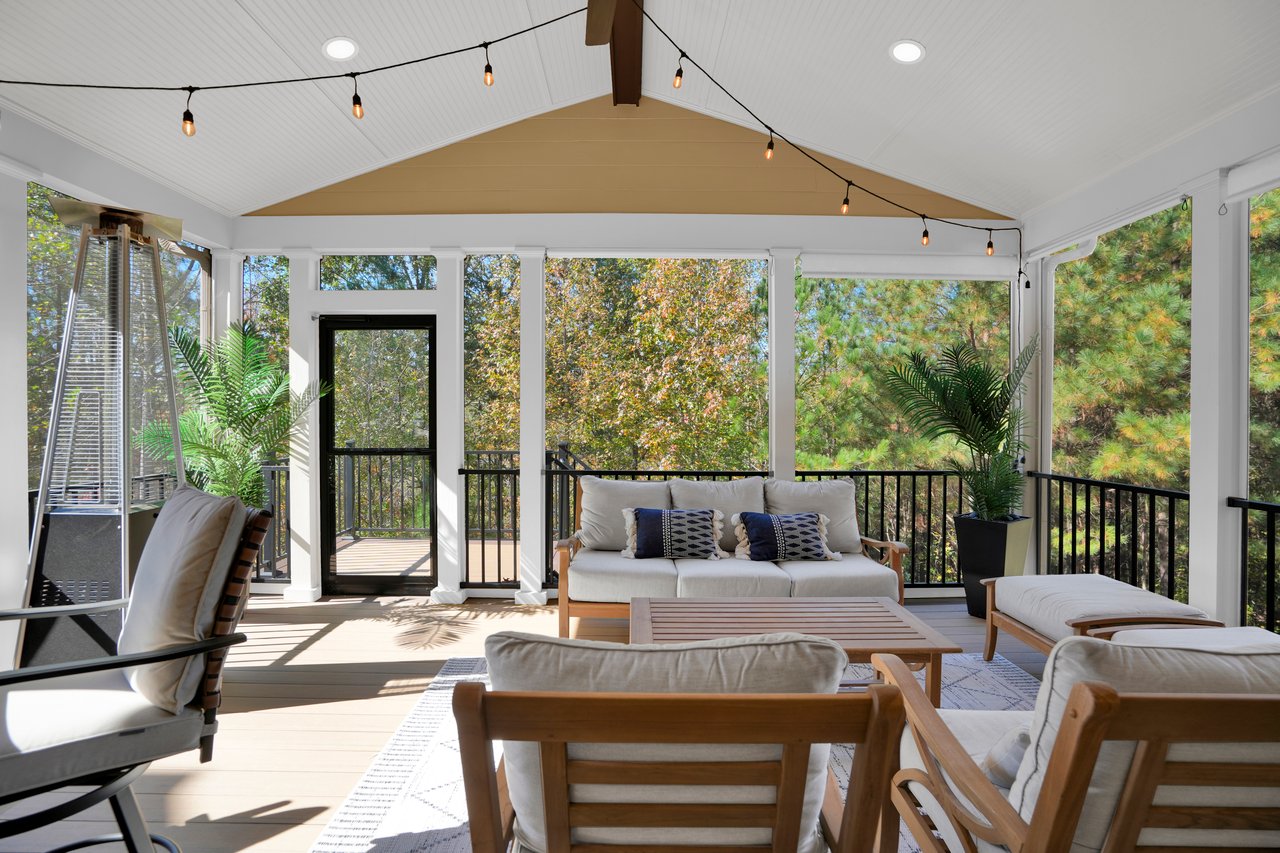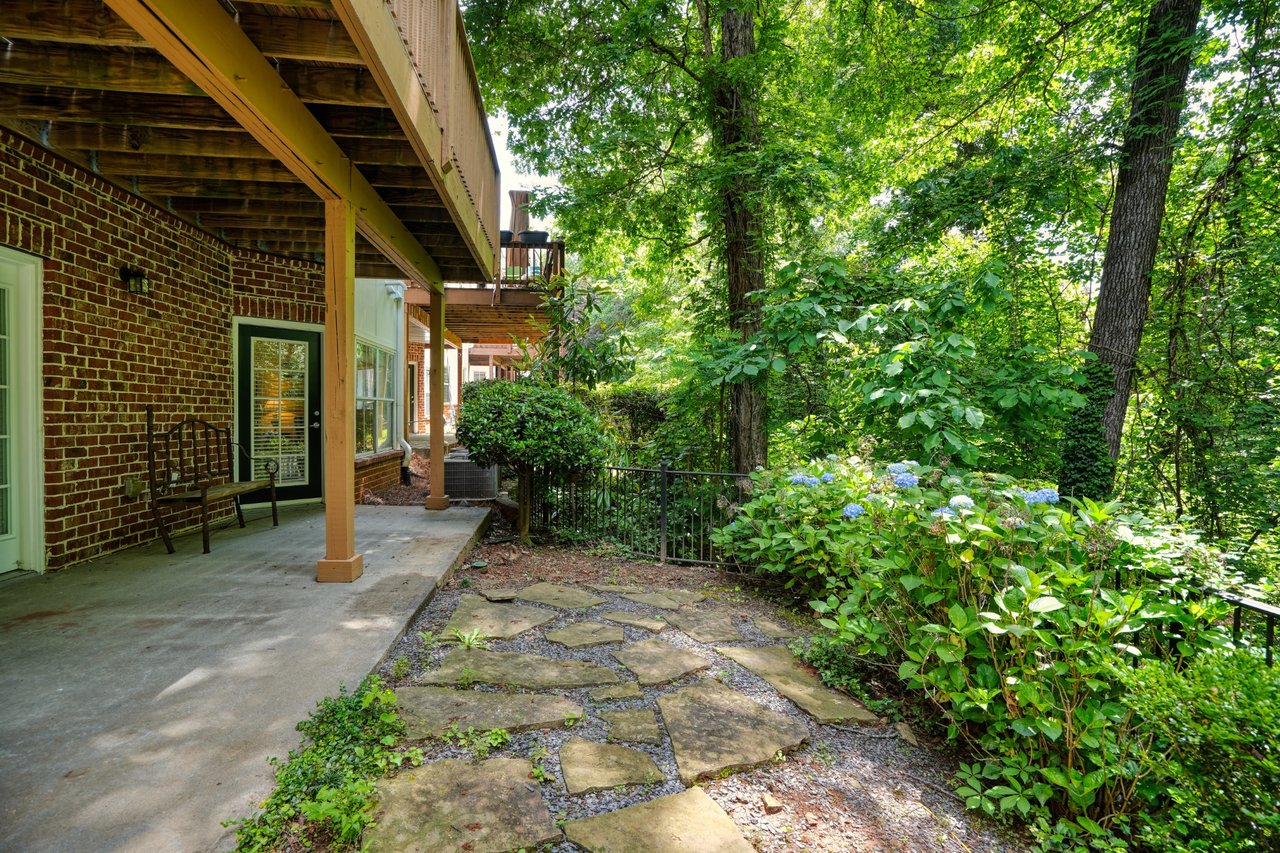by Geoff Smith
Branch Manager / Loan Officer, Assurance Financial (678) 779-5066 [email protected]
I closed a loan for a nice young couple last week. He is a software engineer and after signing the papers and getting handed a set of keys by the listing agent, he looked over at me and said "I can't believe how easy it was to borrow $375,000."
I thought about that driving home. He's right - $375,000 is a lot of money. Yes, we collected paystubs, verified those paystubs with his employer and checked his credit. And yes, we put a lien on the house. But in reality, our company, Assurance Financial, just handed him $375,00. And I did another one yesterday for $550,000. That is a lot of money to hand to a consumer.
I'd like to take credit for making my clients feel like it is easy. So I will for a second. I work hard to explain what is going to happen during the pre-approval process. I work hard to make sure there won't be any surprises once they go under contract. I keep my document-requests simple. I communicate and I hit all the timelines. So yes, I am good at what I do. But I suppose me and Assurance Financial cannot take all of the credit.
There is a long history that led to the homeownership rate in the U.S. going from around 40% in 1940 to more than 60% today.
If you wanted to own a home in the 1920's, you pretty much had to save up enough to build or buy one with cash. If you wanted to borrow, you might need to come up with a 40% down payment and borrow the rest from a local Building and Loan. These were kind of like membership clubs where you subscribed to the club for shares that you would accumulate by paying weekly or monthly installments. And over time, usually about 12 years, you would pay off the loan and finally own the home you lived in. These got dangerous because not all of these Building and Loans, or B&L's, were stable and some would go out of business before you paid off your loan. Which meant you lost the 'equity' you had paid over time.
The modern mortgage system we see today came from a Depression-era organization, called the Home Owner's Loan Corporation, started by the Federal Government to assist people who could no loner afford to make payments on their homes. The basis of this program was similar to today's mortgage system and the Federal Government liked it so much that it created the Federal Housing Administration, or FHA, a year later in 1934.
Both of these organizations were meant to give banks and mortgage companies confidence to lend to U.S. citizens. The idea of FHA was that it created a set of underwriting guidelines and basically said "if you underwrite the loan according to these guidelines, we will insure the loan and pay you back for any losses incurred should the loan default."
That is a pretty big deal. As a bank, if you are handing over $200,000 to a consumer, you are taking on a pretty big risk if they cannot repay the loan. So once FHA was created, the only risk was that you didn't underwrite it properly.
Getting more people to own the homes they live in is seen a strengthening of our country. And that is for a number of reasons. One is that homeownership is the main source of retirement wealth for many Americans. For many, their home is their nest egg.
Another reason is because when someone owns a home, that person is invested in the community in which he or she lives. And that person will in turn, get involved or invest more in the community.
Four years after the creation of FHA came Fannie Mae. Fannie Mae helps mitigate risks of banks in another way. Fannie Mae also has its own set of underwriting guidelines. But unlike using insurance to mitigate risk, Fannie agrees that it will purchase the loan, no matter what. So if the borrower stops making payments, the bank sells it to Fannie Mae. If the bank decides that it needs an influx of capital now instead of collecting interest over time, it sells it to Fannie Mae - or another bank because the mortgage is now a commodity.
Freddie Mac is very similar to Fannie and was created in 1970 to expand the secondary market for home loans. And other programs were started over the years including the VA loan, which is more similar to FHA but only for Veterans, and the USDA loan, which is also similar to FHA, but only for those purchasing in more rural areas.
These days there are also investors out there who help to fill in the gaps where the major lending agencies don't allow. Business owners whose tax returns don't reflect the true P&L of their companies can find a home with these types of investors, for example.
The industry has come a long way indeed. And because of this history, me giving away $375,000 is actually relatively easy. It ain't Mayberry, but I try to keep it close.
https://assurancemortgage.com/assurance_officers/geoff-smith/




